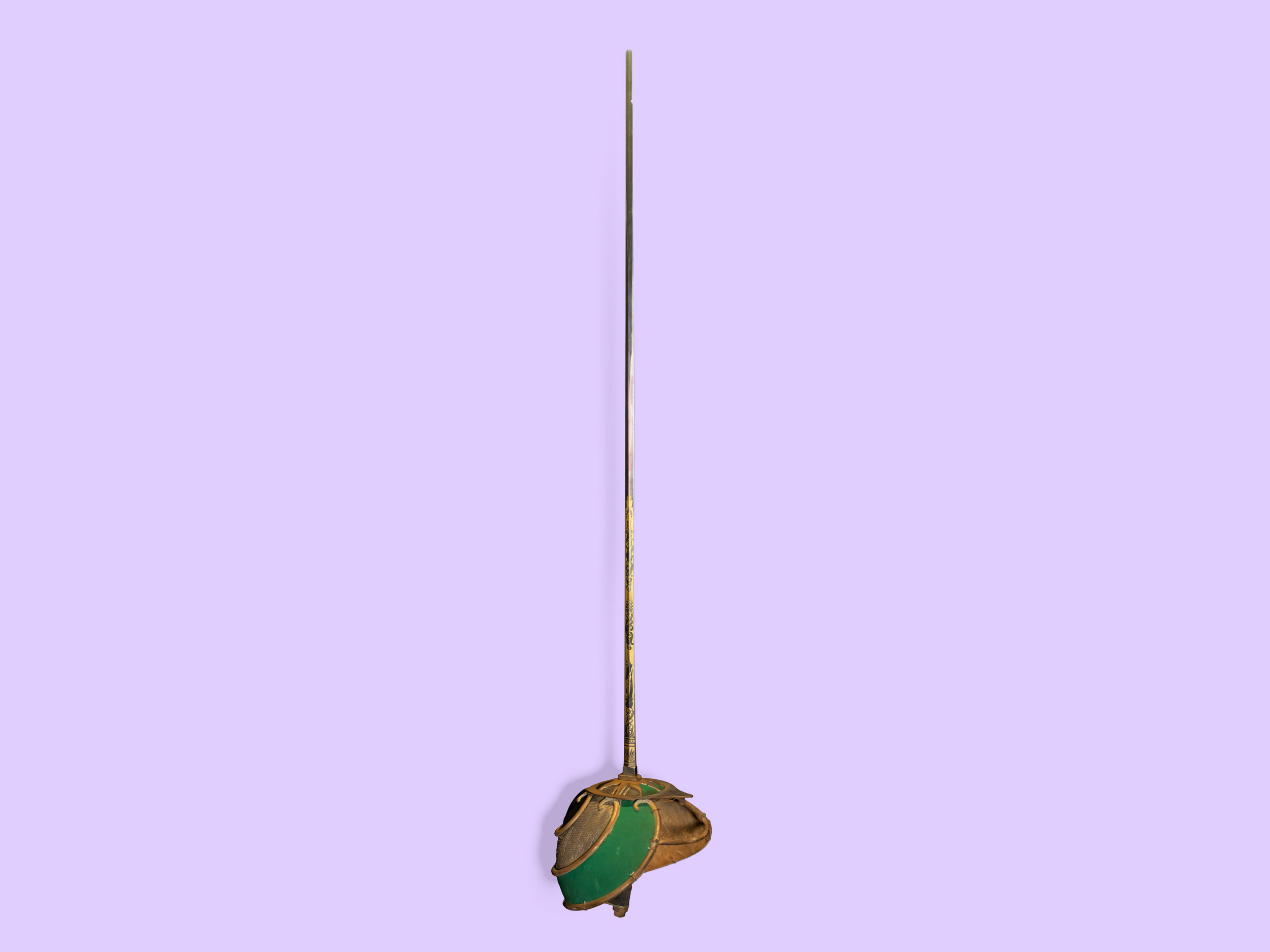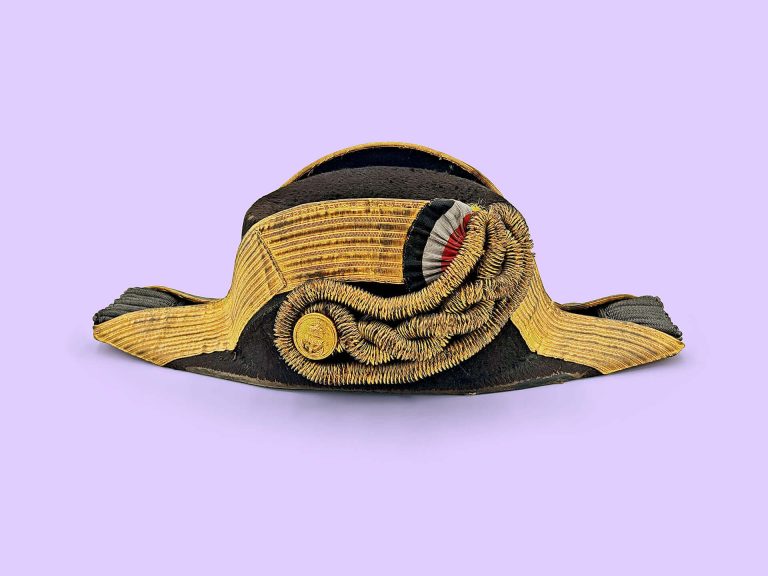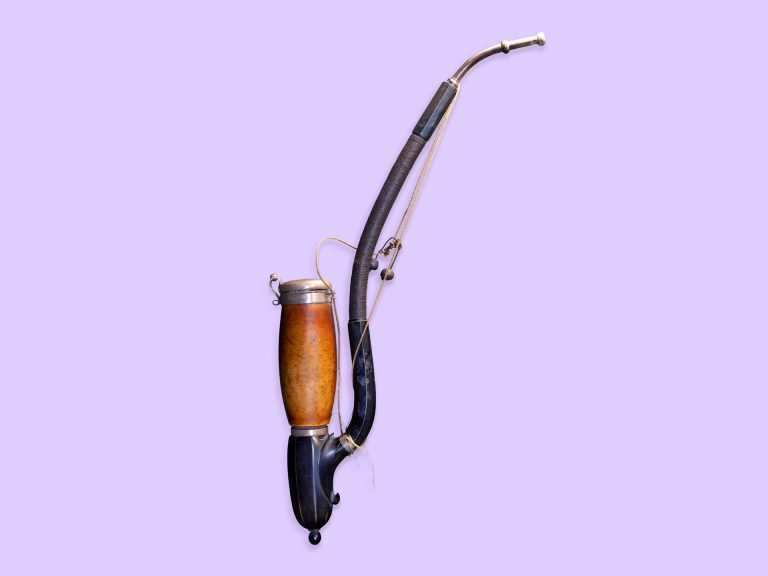Student duelling fraternities
Students often liked to duel in order to prove their courage, and many of the student fraternities set up from the 16th century organized contests between each other. As the injuries caused by the thrusting weapons originally used to conduct these bouts were often fatal, fencers made the switch to slashing weapons in the 18th chentury. Now the worst that someone could expect was a nasty scar, which became prized as a status symbol.
Two main types of weapon were used in fencing matches by the 1850s: the Glockenschläger and the Korbschläger. The difference between the two types of weapon was found in the form of their hand guard and explains their names. Whilst the Glockenschläger (Glocke means “bell” in German) has a bell-shaped metal guard between the handle and the blade, the Korbschläger (Korb is the German word for “basket”) features a metal mesh basket covered with a solid fabric. Fraternities in the eastern regions of Germany mostly used the Glockenschläger; students in the rest of the country preferred the Korbschläger.
The Korbschläger on display in the Deutschlandmuseum is a ceremonial weapon. With a blunt edge and point, it was never used to fight an opponent, but was carried by students elected to an office in their fraternity to mark their position. The colours on the hand guard are those of the fraternity, indicating the group represented by the student.
Who carried this ceremonial duelling sword?
Whilst an engraved dedication on the hand guard dates the weapon to c. 1860, several markings on the object suggest that it was commissioned by the Corps Guestphalia Heidelberg, a student fraternity founded in 1818 at the Ruprecht-Karls-Universität Heidelberg. The name Guestphalia is pronounced Westfalia and indicates that the members of the fraternity originally came from Westphalia.

German student fraternities developed a system of monograms consisting of several intertwined letters to identify each organization: that of the Guestphalia is faintly visible on the hand guard of this sword.
The letters “v-c-f” stand for Vivat circulus fratrum (long live the circle of brothers); a “G” for Guestphalia; and “RC” Ruperto Carola, the Latin name of Ruprecht-Karls-Universität Heidelberg.
The colours of the respective student fraternity are traditionally found on the fabric of the bell-shaped hand guard. Guestphalia used the colours green, white and black, the classic tricolour of Westphalian student fraternities.
Whilst black and green are clearly visible on this basket of the hand guard, the middle colour field is more of a dirty light brown, with the structure of the fabric clearly different from that of the other colour fields. It would appear that the material has been unprofessionally restored: the white paint oxidized and the sword does not appear as impressive as it once did.
Property information
Designation
- Date 1860
- Gallery The German Confederation
- Category Weapons
- Origin Germany
- Dimensions 18 x 105 x 18 cm
- Material fabric, leather, metal
Property information
Designation
- Datierung 1860
- Epochenraum The German Confederation
- Kategorie Weapons
- Herkunft Germany
- Dimensionen 18 x 105 x 18 cm
- Material fabric, leather, metal

About the Deutschlandmuseum
An immersive and innovative experience museum about 2000 years of German history
Reading tips and links
Lifesaver? The German Steel Helmet in the First World War
German Tank Museum Munster
Lifesaver? The German Steel Helmet in the First World War
German Tank Museum Munster
Share article
Other objects in this collection
Discover history

Visit the unique Deutschlandmuseum and experience immersive history
2000 Jahre
12 Epochen
1 Stunde




